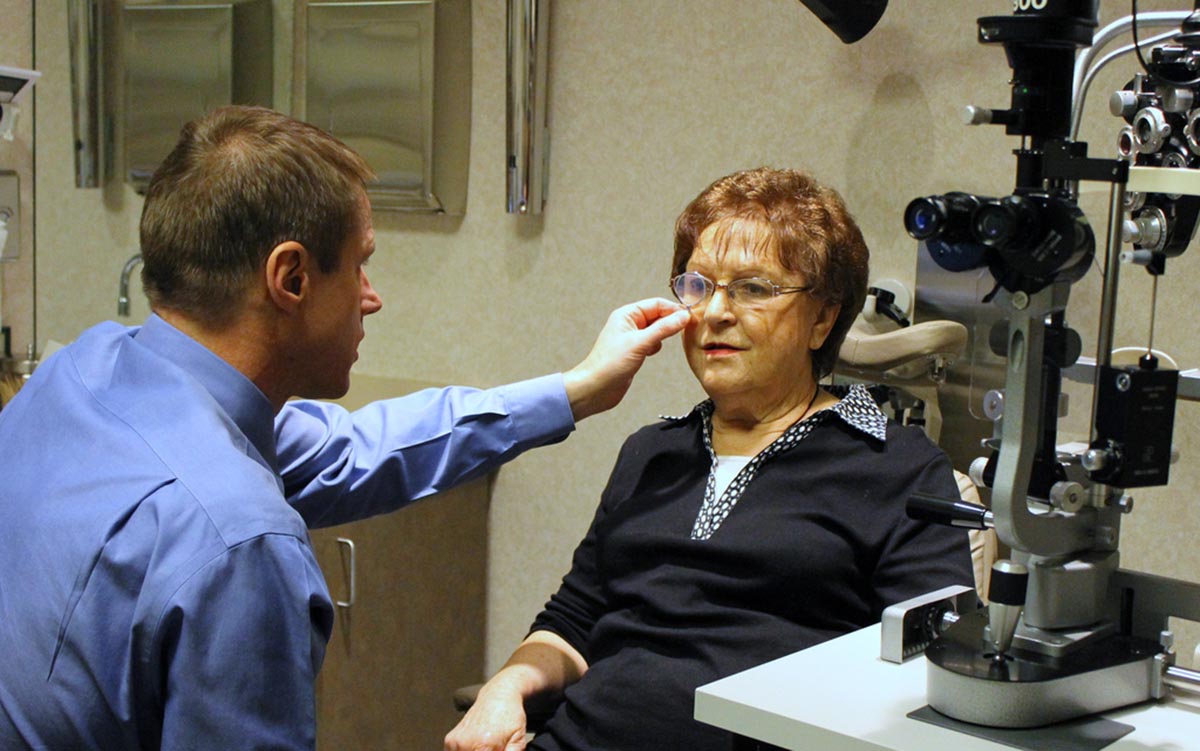Table of Contents
Glaucoma testing doesn't hurt.
Tonometry, placing a pressure gauge on your eyeball to measure intraocular pressure, requires the doctor to place some drops in your eyes, but is quick (just a few seconds) and painless. A technician may measure IOP with a device that shoots air at your eye, but the tonometry touching the eye itself is more accurate.

Smoking marijuana actually isn't a good treatment for glaucoma.
The active chemical in pot lowers eye pressure by reducing blood flow to the eye. However, reducing blood flow to the eye deprives the optic nerve of oxygen and needed nutrients.
Not everyone who has glaucoma will have the same target intraocular pressure.
There is no lower level of intraocular pressure (IOP) that absolutely guarantees that there will not be glaucoma, and there is no higher level of IOP that always is associated with glaucoma.
Normal IOP is usually set at 10 to 21. One person, however, will need to have an IOP of 8 to prevent damage to the optic nerve and another will need to have an IOP of 20 to get enough oxygen to the eye. Your doctor will choose the healthiest target IOP for you.
If your medication doesn't get the desired results, your doctor will probably increase the dosage rather than put you on two different drugs.
Sticking to just one drug reduces the risk of side effects, and you are more likely to take your medication as directed if you only have to use one drug. It's important that your ophthalmologist knows all the drugs you take, as well as all the nutritional supplements.
Using eye drops successfully usually requires practice.
Most of the medications for glaucoma come in the form of eye drops. There are a few essentials for using any kind of eye drop successfully. You should wash your hands before using eye drops. This ensures that you will not transfer bacteria into your eye.
Aside from the fact that this can hurt, and injure your eye, your are also less likely to infect your eye if you don't let the dropper tip touch your eyeball.
If you take more than one kind of eye drop, wait five minutes (or less, if your doctor directs) after putting in the first drops before you put in the second drops. This keeps the second medication from washing out the first.
See Also: Eye Problems You Are Very Likely To Face When You Age
How do you put drops in your eyes?
1. Start by tilting your head back. You can be standing, sitting, or lying down.
2. Gently pull the lower lid down to form a pocket for the drops you will put in your eye.
3. Look up, and squeeze one drop of the medication into the pocket you made with your lower eyelid. Do not blink, wipe your eye, or touch the dropper against your face.
4. Close your eye and keep it closed for two or three minutes without blinking. Unless you have recently had eye surgery, you can press gently on the inside corner of your eye to keep the drops from getting into your nose and respiratory tract.
5. Blot around your eyes (don't blot your eyes themselves) to remove any excess liquid.
If shaky hands are a problem, place the drops more to the side of your eyes than the center. If you have trouble holding the bottle, wrapping it with a tissue makes it wider and easier to hold. Don't put more than one drop into your eye at a time. That's all your lid can hold.
- Gregory K. Harmon, Nancy Intrator. What Your Doctor May Not Tell You (TM) About Glaucoma. Hatchette Books, 2007.
- Photo courtesy of Official U.S. Navy Page by Flickr: www.flickr.com/photos/usnavy/5684204776
- Photo courtesy of John Jacobi by Flickr: www.flickr.com/photos/suburbaneyecare/7269957988
- www.glaucoma.org
- www.allaboutvision.com/conditions/glaucoma_news.htm


Your thoughts on this